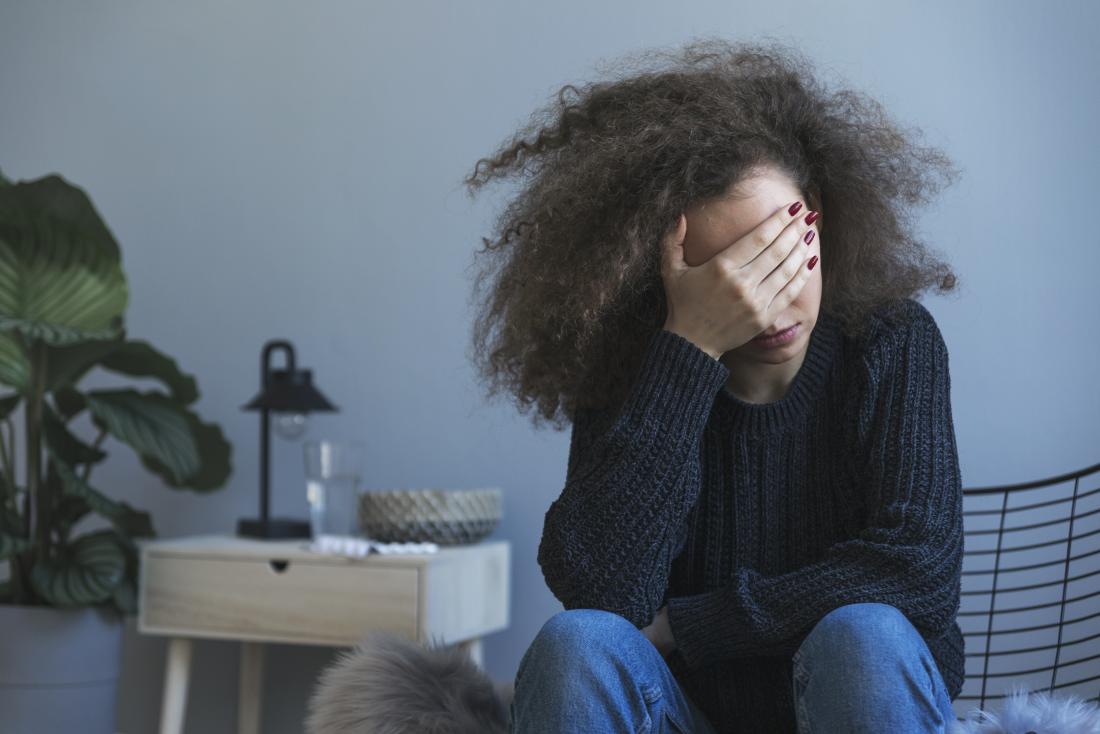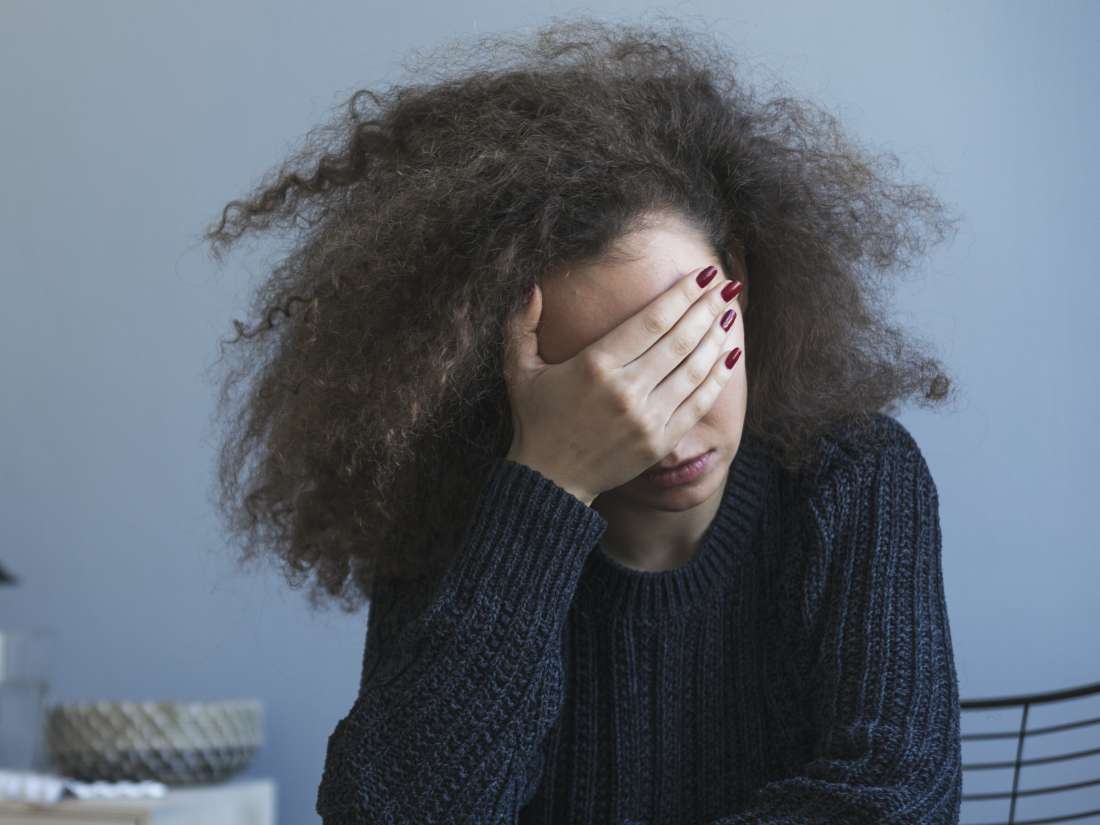The symptoms of opiate withdrawal can be very distressing, but they are rarely life threatening. Withdrawal symptoms can arise hours after the last dose of the drug and may last for a week or more.
Where possible, people should work with a healthcare professional to manage their withdrawal and come off opiates gradually to reduce symptoms. Drug replacement medicines, such as methadone and buprenorphine, can help.
In this article, we provide an overview of opiate withdrawal, including its causes and a timeline of symptoms. We also explain how to treat and manage the symptoms and where to turn for help.
What is opiate withdrawal?

A person with opiate withdrawal may experience anxiety, agitation, or aching muscles.
Opiates are drugs that derive naturally from the opium poppy plant and activate opioid receptors on nerve cells.
Doctors prescribe some opiates, such as codeine, for pain relief. There are also some synthetic substances that bind to the same receptors. These are called opioids.
Some people use opiates and opioids recreationally to produce a high. People can experience opiate withdrawal from both prescription pain relievers and recreational drug use.
Opiates are effective for pain relief, but when a person takes them repeatedly over time, they have a high risk of causing physical dependence and tolerance, which can lead to addiction.
Physical dependence on a drug means that a person’s brain structure and brain chemicals have altered to accommodate the drug. When the person stops using opiates, their body has to adapt to not having the drug in the body, which results in withdrawal symptoms.
Some examples of opiates and opioids include:
- opium
- morphine
- heroin
- codeine
- fentanyl
- oxymorphone
What are the symptoms of opiate withdrawal?
Opiates, including prescription medications and heroin, can cause withdrawal symptoms several hours after the last dose.
The severity of a person’s symptoms will depend on the dosage of opiates that they were using and how suddenly they are coming off the drug.
The type of opiate also affects the symptoms that people experience. Short acting opiates, such as heroin, can produce more intense symptoms in a shorter time frame, whereas long acting opiates, such as methadone, can take up to 30 hours from the last dose to cause any symptoms.
Symptoms occur as a result of the body’s detoxification from the drug. Common symptoms include:
Symptoms can be mild or severe and can depend on the person’s:
- overall health, including any medical conditions
- drug use, including the extent and duration
- environment, for example, how stressful it is
- family history of addiction
How long does withdrawal last? A timeline
Some withdrawal symptoms last longer than others. The timeline below shows what a person should expect to experience in the week after they stop taking opiates:
6–12 hours or 30 hours after the last dose
According to the American Addiction Centers, people who have been taking short acting opiates will start experiencing symptoms 6–12 hours after their last dose. People who have been taking long acting opiates may experience symptoms after 30 hours.
These initial symptoms may include:
- muscle aches
- a runny nose
- difficulty sleeping
- excessive yawning
- anxiety
- increased heart rate
- sweating
- fever
- hypertension
72 hours after last dose
Symptoms will be at their most intense 72 hours after a final dose, and they can last for a week or more.
Late withdrawal symptoms can include:
- diarrhea
- vomiting
- nausea
- cravings for opiate drugs
- stomach pain
- depression
Psychological symptoms and cravings for opiate drugs can last for longer than a week. A team of healthcare professionals can help people through these withdrawal symptoms.
People who undergo an opiate detox under medical supervision typically experience symptoms for 5–7 days.
Treatment

Mental health professionals can offer psychological support to a person experiencing opiate withdrawal.
When coming off opiate drugs, people often benefit from physical and psychological help. Treatments can ease symptoms and help prevent relapse.
People will undergo a detox period while the drug is leaving their system. In some cases, this happens under constant medical supervision. A supervising doctor can keep a close eye on how the person’s body is coping with coming off the drug by monitoring:
People may also benefit from psychological support from mental health professionals. In some cases, people may need other medication to treat severe withdrawal symptoms. Anticonvulsants and antidepressants can help people cope better during the detox process.
If people are coming off heroin, a doctor may prescribe methadone. Although methadone is also an opioid, it is a longer acting drug. Taking methadone may reduce the intensity of withdrawal symptoms. A doctor will then gradually reduce the dosage of methadone over the course of a week. People can continue to take some methadone for an indefinite period or wean off slowly.
Buprenorphine is a partial opioid agonist, which means that it works in a similar way to other opiates but does not completely block the receptors in the brain. This mechanism of action allows it to help people come off opiates more gradually and reduce the likelihood of drug cravings.
Coping methods
The Substance Abuse and Mental Health Services Administration offer a free, confidential 24/7 helpline for treatment referral and information for people or families facing substance abuse or mental health problems. People in the United States can access the helpline by calling 1-800-662-4357.
Along with following the advice of medical professionals, people may be able to take the following steps to ease the symptoms of withdrawal:
- Hydration: During withdrawal, a person may lose bodily fluids through sweat and diarrhea. Drinking plenty of water is important to keep the body hydrated. It is best to opt for drinks that contain electrolytes, such as coconut water.
- Nutrition: If people have taken high quantities of opiates, they may be deficient in certain nutrients during withdrawal. Eating a range of nutrient dense foods, particularly those high in calcium, magnesium, and potassium, may help the body during recovery.
- Hot baths: Taking a hot bath can help relieve muscle aches and pain in the body. Adding Epsom salts can help soothe muscles and provide magnesium. However, people should avoid hot baths during a fever and use a heated compress to relieve muscle aches instead.
- Exercise: Gentle or moderate exercise may help ease some symptoms of withdrawal. Exercise releases endorphins, which improve mood and reduce anxiety. Exercise may also help by reducing feelings of agitation.
- Distraction: Symptoms of opiate withdrawal can be very uncomfortable. Finding activities that take the mind off these symptoms can provide relief. Watching a funny film, reading a book, or being around supportive family or friends may help.
People may also find it beneficial to join a support group and be around other people going through similar experiences.
Possible complications
Opiate withdrawal can be very uncomfortable, but it is generally not life threatening. In some cases, complications can occur, and these can be very serious.
Opiate withdrawal can cause severe vomiting and diarrhea. Without treatment, these symptoms can be fatal because they dehydrate the body and can raise sodium levels in the blood. In some cases, this can result in heart failure.
It is important that people seek the help of a healthcare professional when coming off opiates to prevent complications.
When to see a doctor

Certain prescription medications may help reduce withdrawal symptoms.
People should see their doctor to seek guidance and supervision when stopping using opiates.
A doctor will be able to create an appropriate treatment plan to suit the person based on their medical history, the type of opiates that they are using, and how long they have been using them.
A doctor may need to prescribe other medication to reduce withdrawal symptoms and make the detox process easier. They will also be able to provide any necessary supervision during the withdrawal period to monitor how the body is coping. By doing this, they can help prevent complications.
Summary
Opiate withdrawal can produce a range of uncomfortable and distressing symptoms. Opiate withdrawal is rarely life threatening, but it can cause complications if a person does not get treatment for symptoms such as vomiting and diarrhea.
Depending on which opiates people have been taking, they may experience initial symptoms between 6 and 30 hours after taking their last dose. They may then experience further symptoms 72 hours after the last dose. These symptoms can last for up to a week.
It is important that people seek guidance from a medical professional during opiate withdrawal. A doctor will be able to provide any necessary medication and monitor the individual for any signs of complications.
